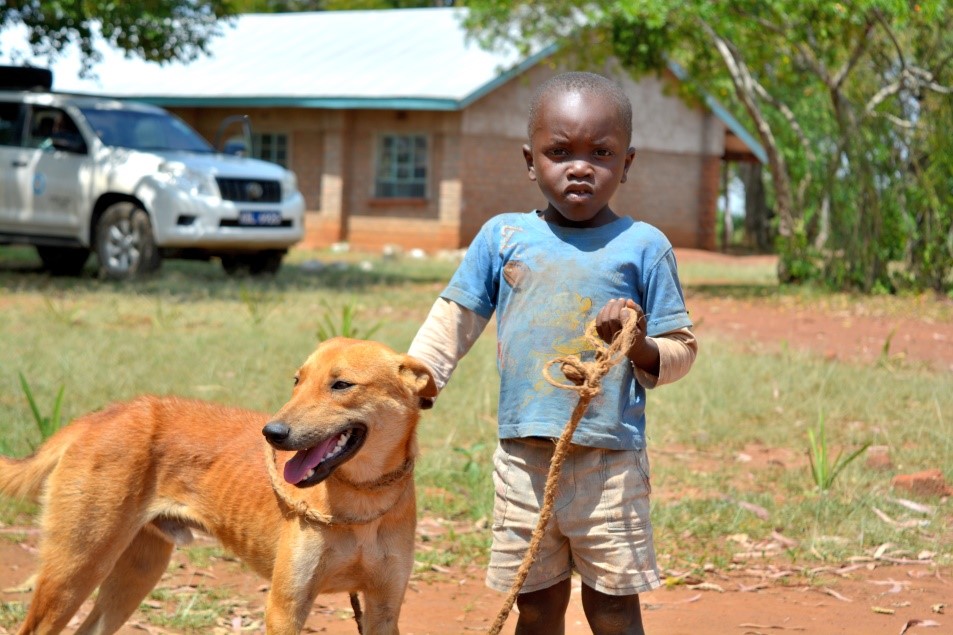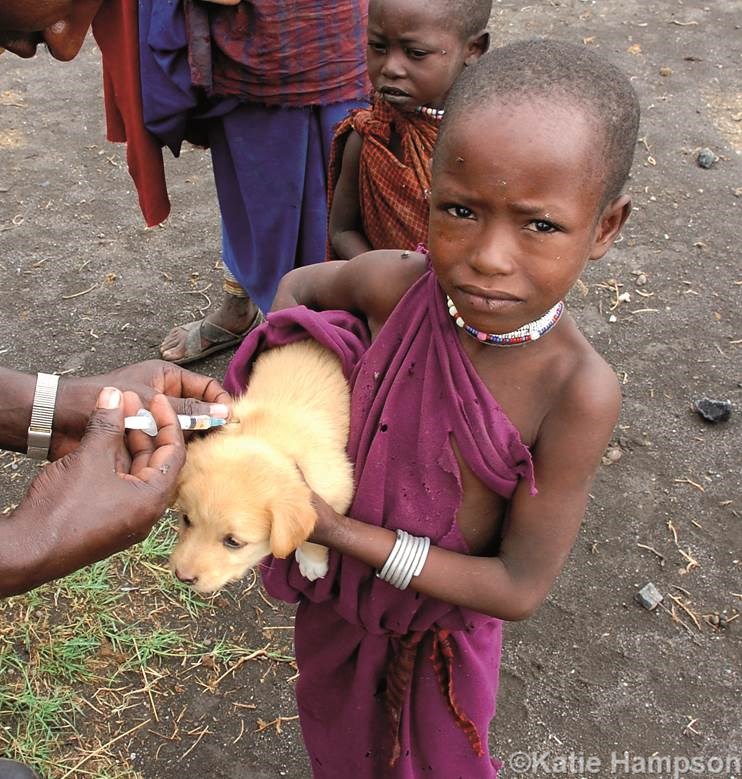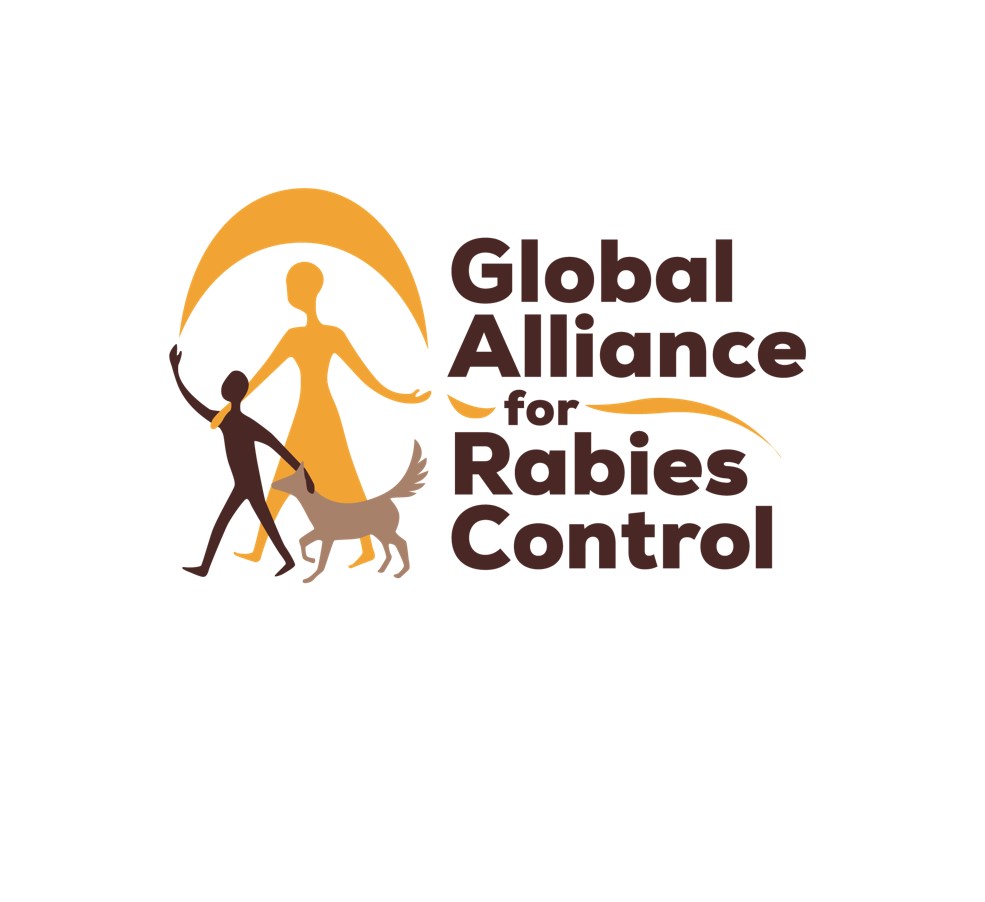As we commemorate the eighteenth World Rabies Day on 28th September 2024, the Quadripartite agencies (FAO, UNEP, WHO, and WOAH) and the Global Alliance for Rabies Control (GARC), in the Africa region, are calling on all stakeholders to reflect on the annual theme for 2024, which is, “Breaking Rabies Boundaries.”
Rabies continues to take lives and cause suffering among both humans and animals, The disease continues to be a life threat, especially in Africa, where the disease is endemic in almost all countries despite the availability of effective preventive measures.
Hence, this year’s theme reflects the urgent need to transcend the barriers that hinder rabies elimination across the world. As we aim to move beyond the status quo, this year’s theme acknowledges not only the obstacles within our control but also the transboundary nature of rabies itself.
We recognize that achieving our target of Zero by 2030, in line with the ‘Zero by 30 Global Strategic Plan for the elimination of human deaths from dog-mediated rabies’ requires breaking several boundaries, including among others:
- Promoting One Health Collaboration: Rabies elimination requires a One Health approach, bringing together human, animal, and environmental health sectors for coordinated, collaborative action. The disease persists due to gaps in collaboration between stakeholders. The Quadripartite Organizations and GARC collectively call for all countries to embrace the One Health approach in rabies control, ensuring that no stakeholder is left behind.
- Enhancing Cooperation: Local, national, and international cooperation is vital. This year’s World Rabies Day events will be an opportunity for stakeholders across all levels to deepen their cooperation. This epitomizes the African proverb: “If you want to go fast, go alone. If you want to go far, go together.”
- Breaking Siloes: We must align efforts with the Zero by 30 Global Strategy for Elimination of human deaths from dog-mediated rabies, the Quadripartite Joint Plan of Action, the WHO Neglected Tropical Diseases Roadmap, and other relevant frameworks, to build capacity through rabies elimination efforts that help us to tackle multiple other diseases and enhance our overall health systems.
- Fostering Innovation: We must adopt novel tools and strategies that will improve rabies prevention and control efforts at local, national, regional, and international levels. The adoption of relevant tools will enable countries to make data-driven decisions and policies in addition to monitoring and measuring the impact of interventions.
- Scaling up Vaccination programs: Breaking the boundaries that limit programmatic scale-up will allow us to ensure wider and more effective rabies vaccination campaigns, in both humans and animals. For example, mass dog vaccinations supported by the WOAH vaccine bank in several countries in Africa and FAO’s support to strengthen animal systems in nearly all countries in Africa, have demonstrated how community-driven programs can be scaled for broader impact. The gains on mass dog vaccination could be immensely scaled up by coupling with access to human Post Exposure Prophylaxis (PEP), through the GAVI, the Vaccine Alliance, co-financing policy, as part of routine immunization.
- Increasing Disease Awareness: Acknowledging the importance of communities as a key stakeholder in rabies elimination, the Quadripartite Organizations and GARC are calling for countries to scale up community engagement and education as a key element of rabies elimination. By fostering community engagement and support, the barriers of lack of knowledge, misinformation, and misconception on rabies prevention will be bridged.
As we look forward to World Rabies Day 2024, we urge individuals, communities, organizations, and governments to take part in activities ranging from mass vaccination campaigns to educational events. By uniting our efforts, we can break these boundaries and achieve a rabies-free world.
Let’s make World Rabies Day 2024 a powerful moment in our journey towards ending this preventable disease once and for all.
Together, we can break rabies boundaries and make history.





